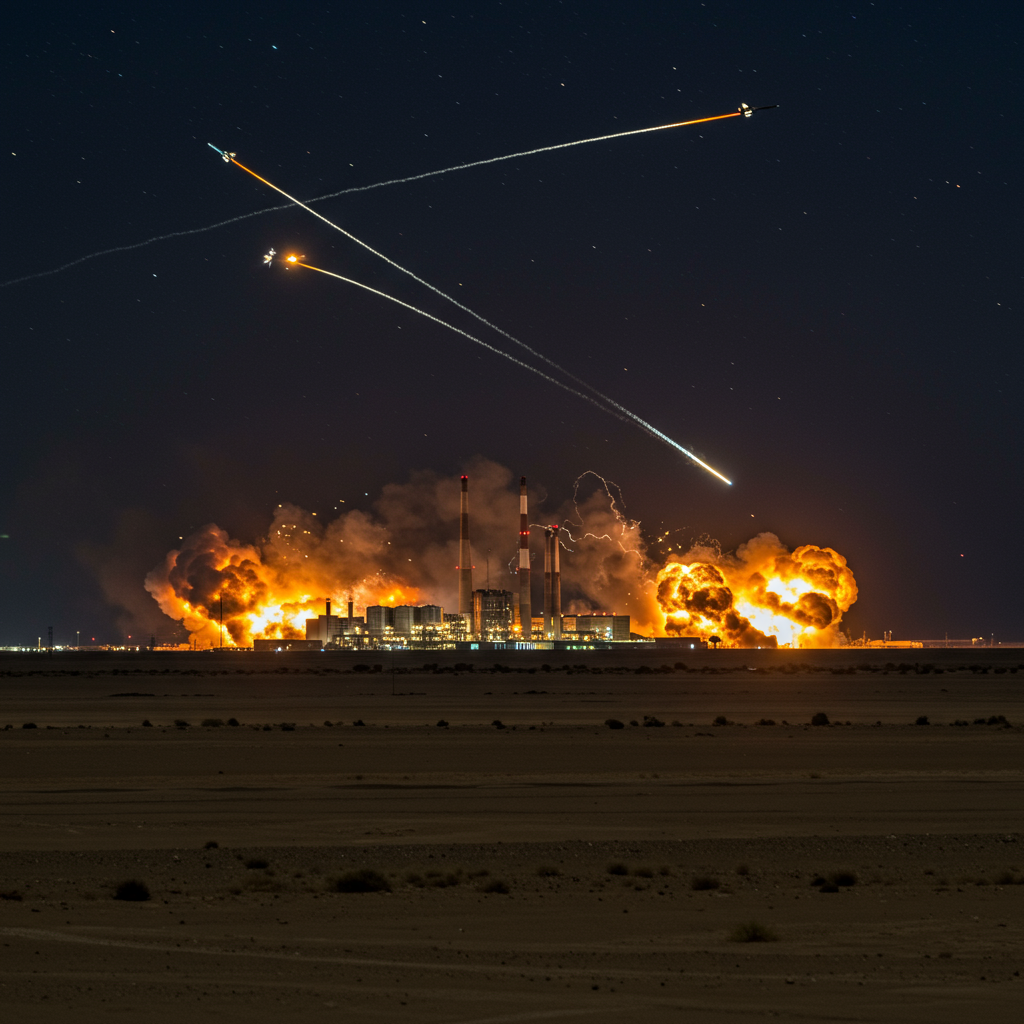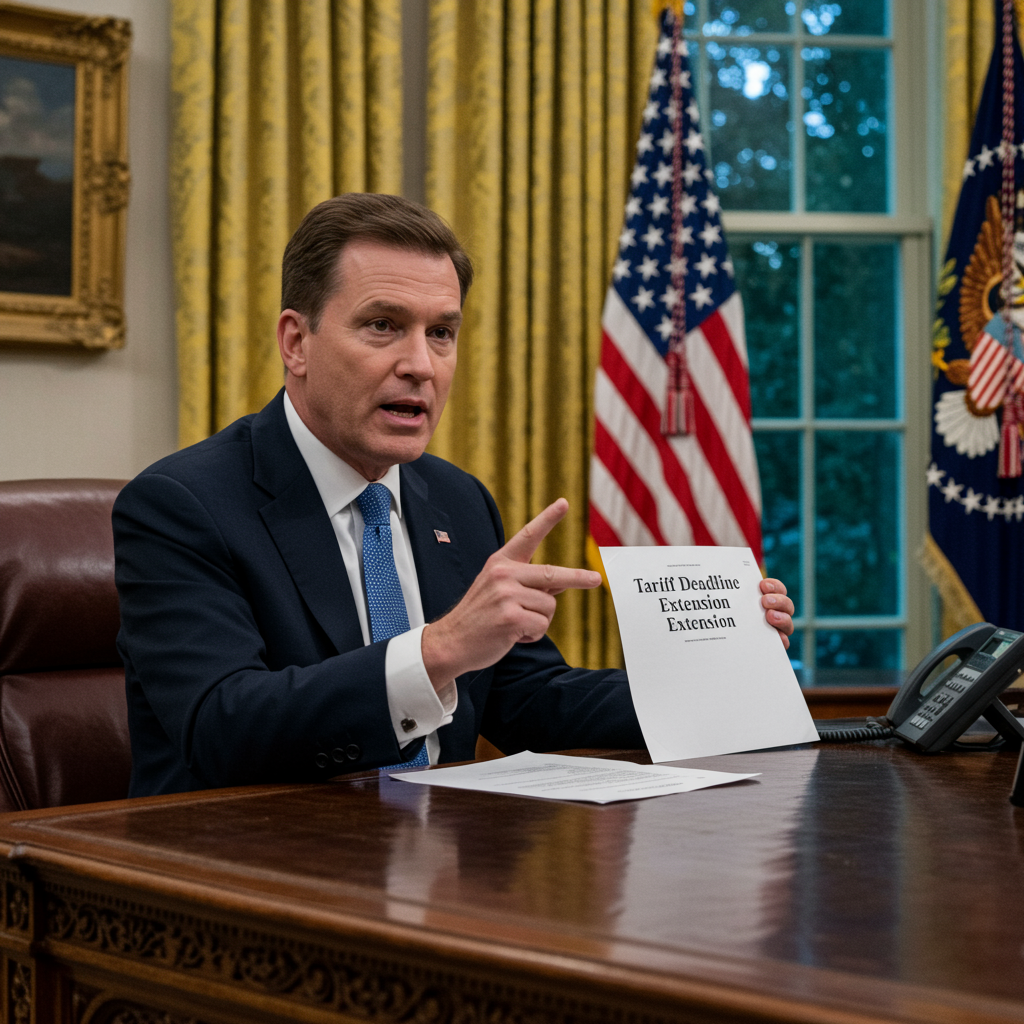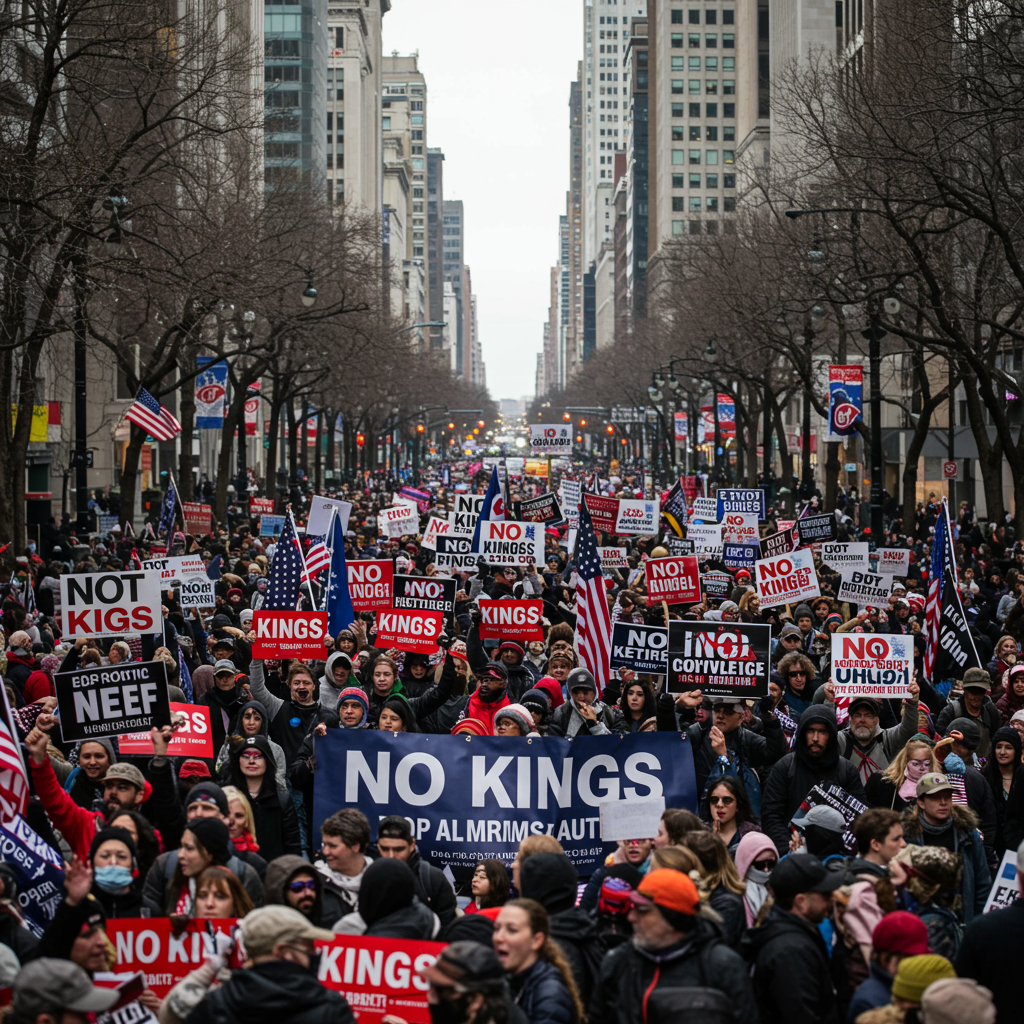Middle East tensions have dramatically escalated following significant US airstrikes targeting Iran’s nuclear facilities. The strikes, which US officials claim dealt a devastating blow to Iran’s nuclear program, have triggered vows of retaliation from Tehran and intensified fears of a wider regional conflict.
The recent US military operation, dubbed ‘Operation Midnight Hammer’, involved over 125 aircraft, including stealth bombers, and submarine-launched missiles. Targets included key Iranian nuclear sites such as Fordow, Natanz, and Isfahan. Notably, the US military reportedly deployed massive GBU-57 bunker-buster bombs designed to penetrate deep underground structures, marking their first operational use. This operation followed earlier Israeli strikes targeting Iranian military and nuclear infrastructure that occurred in the preceding days.
US officials, including President Donald Trump, asserted that the strikes were an “incredible and overwhelming success,” claiming the targeted facilities were “completely and totally obliterated” and sustained “monumental damage.” However, Iranian officials have attempted to downplay the significance of the hits, with one stating the damage was largely superficial and limited to above-ground structures. They also claimed nuclear materials were safely evacuated before the strikes, assertions that remain unverified. Independent assessments, like that from the IAEA, noted visible craters at some sites but could not confirm the extent of underground damage.
Iran has vehemently condemned the US actions, vowing “everlasting consequences” and threatening retaliation using “all options.” Iranian Foreign Minister Abbas Araqchi declared Washington “fully responsible” for Iran’s response, stating the attack on nuclear facilities crossed a “very big red line.” In the hours following the US strikes, reports emerged of missile fire exchanged, including missiles reportedly launched by Iran towards Israel, triggering air raid sirens. Iran-backed groups have also reportedly threatened attacks on US bases in Iraq and Syria. Iran’s Supreme Leader Ayatollah Ali Khamenei vowed that the “punishment will continue” against Israel, referencing previous actions.
Adding a complex layer to the situation, President Trump publicly speculated on the need for “Regime Change” in Iran if the current government could not “MAKE IRAN GREAT AGAIN.” This contrasts with statements from his administration officials, who maintained the mission was solely focused on targeting Iran’s nuclear program and not aimed at regime change. This divergence in messaging has been noted, with some analysts suggesting the strikes could potentially pave the way for regional diplomatic shifts, such as a Saudi-Israel normalization deal. Reports also indicate discussions among some Iranian officials about potentially removing Ayatollah Ali Khamenei as Supreme Leader following the airstrikes.
The international community has reacted with alarm and issued urgent calls for de-escalation and a return to diplomacy. The UN Secretary-General described the bombing of nuclear facilities as a “perilous turn,” urging immediate action to halt fighting and resume negotiations. Many nations, including European allies and Australia, have called for Iran to re-engage in talks while simultaneously affirming that Iran must never possess a nuclear weapon. However, countries like Russia and China have condemned the US strikes as a violation of international law and the UN Charter, advocating for an end to aggression and a return to political tracks. The IAEA has also voiced concern, emphasizing that nuclear facilities should never be attacked.
Within the United States, the strikes have ignited a debate regarding presidential authority. Some lawmakers from across the political spectrum have questioned President Trump’s power to order military action without explicit Congressional approval under the War Powers Act, with legislative efforts introduced in both the Senate and House to challenge or block such actions.
On the ground in Iran, reports describe sounds of explosions and the activation of air defense systems in multiple cities, including Tehran. The conflict has also tragically resulted in civilian casualties; the ISNA news agency reported that an Israeli drone strike in central Iran hit an ambulance, killing all three occupants – the driver, the patient, and a companion.
The regional instability is further complicated by Iran’s support for Russia, particularly the use of Iranian Shahed drones in Ukraine, a point highlighted by Ukrainian leadership who expressed support for the US strikes and American resolve. Economically, the escalation has caused oil prices to jump, reaching a five-month high amid supply worries and concerns about the potential disruption of critical shipping routes like the Strait of Hormuz.
As tensions remain critically high, the situation is fluid, with calls for diplomacy battling against explicit threats of continued retaliation from Iran and firm resolve from the US and its allies to prevent Iran from obtaining nuclear weapons.



